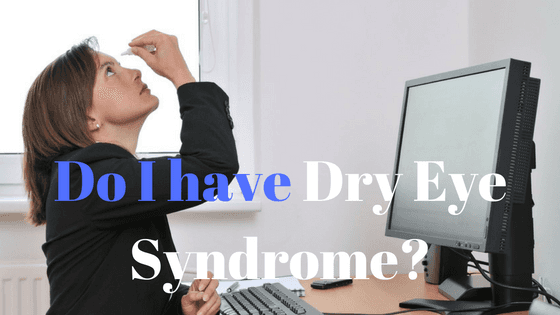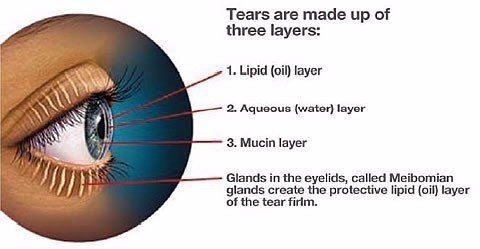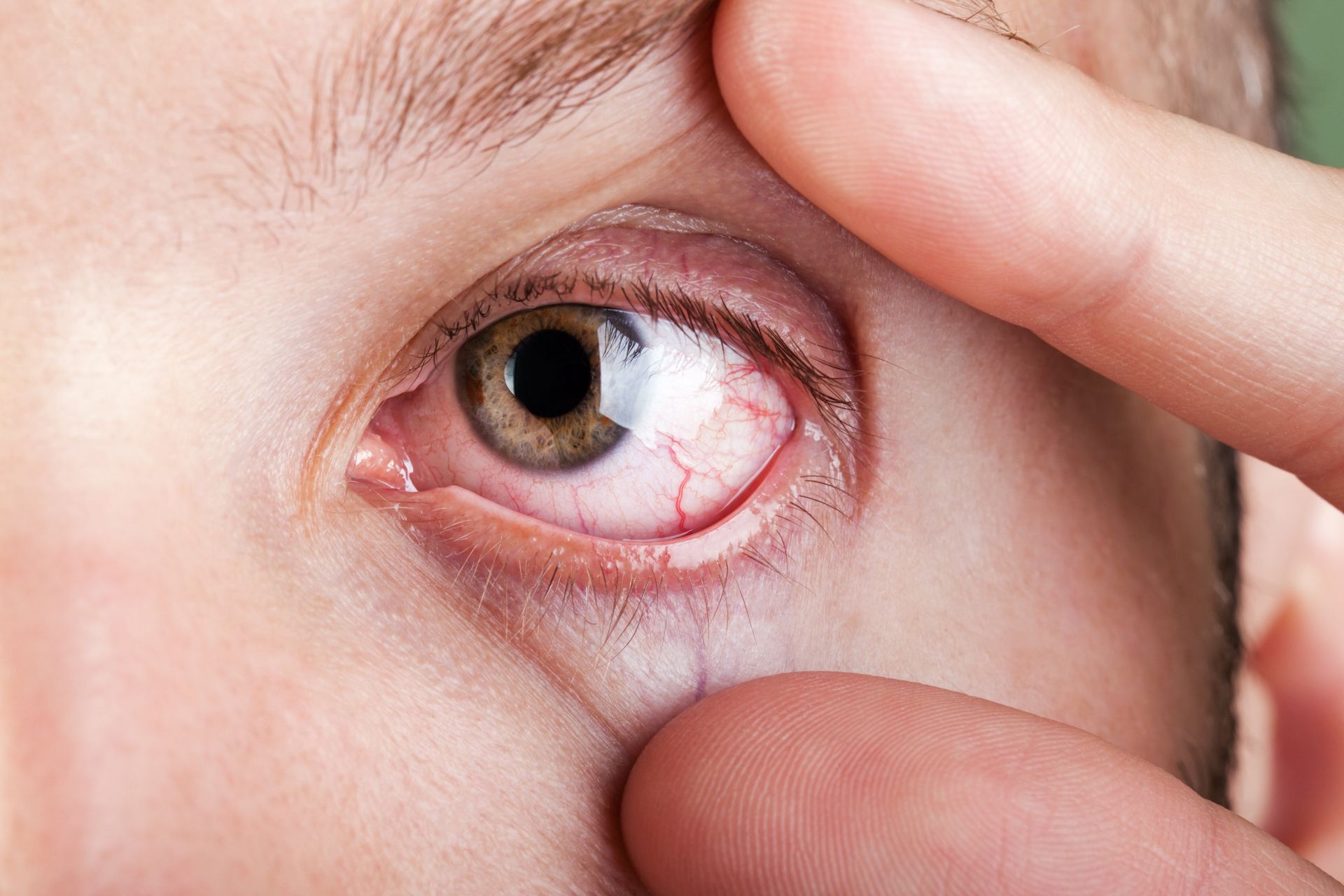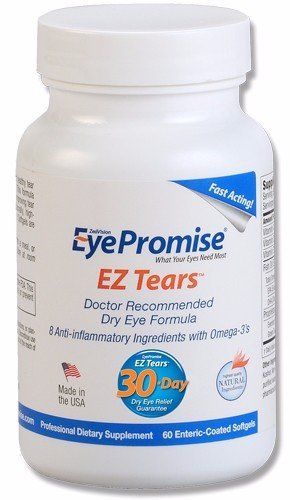What Is Dry Eye Syndrome?
Do your eyes ever feel sandy or gritty? Do you have trouble working on the computer for long periods of time? Ever experience excessive tearing? If so, you could be suffering from dry eye syndrome. You might be able to guess that it has something to do with dryness based on the name, but in case you aren’t completely familiar with the condition, here is a brief run-down on all things dry eye.
What is it?
Typically when you blink, tears will spread across your eyes providing lubrication, protection from foreign matter, and a reduced risk of infection. Any excess tears drain into the small holes on the inner corners of the eyelids and down through ducts that run into the back of the nose (this is why your nose always runs when you cry).
As the name would suggest, dry eye - formally known as keratoconjunctivitis sicca - is a condition in which the eyes feel dry due to an imbalance of the eye's drainage and production system. This can either be caused by an inadequate production of tears or tears that are themselves inadequate. Here’s a quick explanation of both:
- Low supply of tears - There are several glands in the eyelids and surrounding the eyes that produce tears, including the lacrimal glands which are almond shaped and located near the brow bone. In the case of a low supply of tears, this gland - which is a main supplier of tears - no longer produces a normal tear volume.
- Inadequate tear quality -
Tears are made of three layers, the watery layer, an oily layer that helps prevent the watery layer from evaporating too quickly, and a mucous layer that helps spread the watery layer evenly across the eye. Typically when dry eye is caused by poor tear quality it is due to an inflammation or blockage of the meibomian glands which are responsible for producing the oily layer of tears.
What causes it?
Dry eye can either be a temporary or chronic condition depending on its cause. There are a wide array of things that can contribute to eye dryness including but not limited to:
- The use of certain prescription and non-prescription medications
- A
meibomian gland dysfunction
- Pregnancy
- Hormone replacement therapy
- Allergies
- Lasik surgery
- Long hours spent working on the computer
- Nutrient deficiencies
- Long-term contact lens wear
- Immune system disorders
- Environmental disturbances such as smoke
- A dry climate
- Incomplete eyelid closure while sleeping or blinking
- The natural aging process
How is it diagnosed?
Your eye doctor will want to examine your eyes to rule out other possible conditions contributing to your discomfort. If dry eye syndrome is diagnosed, he or she will also need to determine the type and cause in order to recommend the best method of treatment for you. Some of the procedures that might be performed are an external evaluation of the eyelids and blink dynamics, an examination of the cornea, a measurement of the quantity of tears being produced, and an assessment of the quality of your tears. Your general health history, medication list, and environmental factors will also be taken into consideration.
Our office here at BeSpoke Vision is also home to a diagnostic imaging device called the LipiScan which will capture high definition photos of the meibomian glands to determine if meibomian gland inflammation or blockage is the cause of dryness.
Symptoms
So what does dry eye feel like? Symptoms will vary by individual but can include:
- Burning and stinging
- Dryness
- A sandy or gritty feeling
- Excess tearing
- Stringy discharge from the eyes
- Blurry vision
- Inability to cry
- A decrease in comfort of contact lenses
- Eye fatigue
- A decrease in the tolerance for activities that require sustained visual attention such as reading and computer work
Thankfully, dry eye isn’t typically a condition that can cause any permanent sight threatening damage, however, left untreated dry eye can cause painful ulcers, blurred vision, and scars on the cornea. There are several options for treatment depending on the cause and severity of your dry eye.
If the dryness is being caused by a systemic condition such as hypothyroidism, an underlying disease such as Sjogren's Syndrome, or a meibomian gland dysfunction these conditions will need to be treated first.
In the case of the dryness being caused as a side effect of a medication or from contact lens wear, adjustments can also be made here.Another option is to fill the small drainage holes on the inner corners of the eyelids with a silicone or collagen material called a punctal plug. This procedure is painless and keeps the tears on the surface of the eye for a longer amount of time. In more severe cases these holes can be surgically closed.
There are also a number of over the counter and prescription eye drops that help to keep the eye lubricated such as Oasis Tears or Restasis (which actually helps the eye to produce more tears). Supplements such as Omega 3s and specially formulated eye vitamins like EZ Tears can also provide relief from the symptoms of dry eye. Of course, you should always check with your doctor before beginning any supplementation.Do you or anyone you know struggle with the symptoms of dry eye? Come see us for relief!







